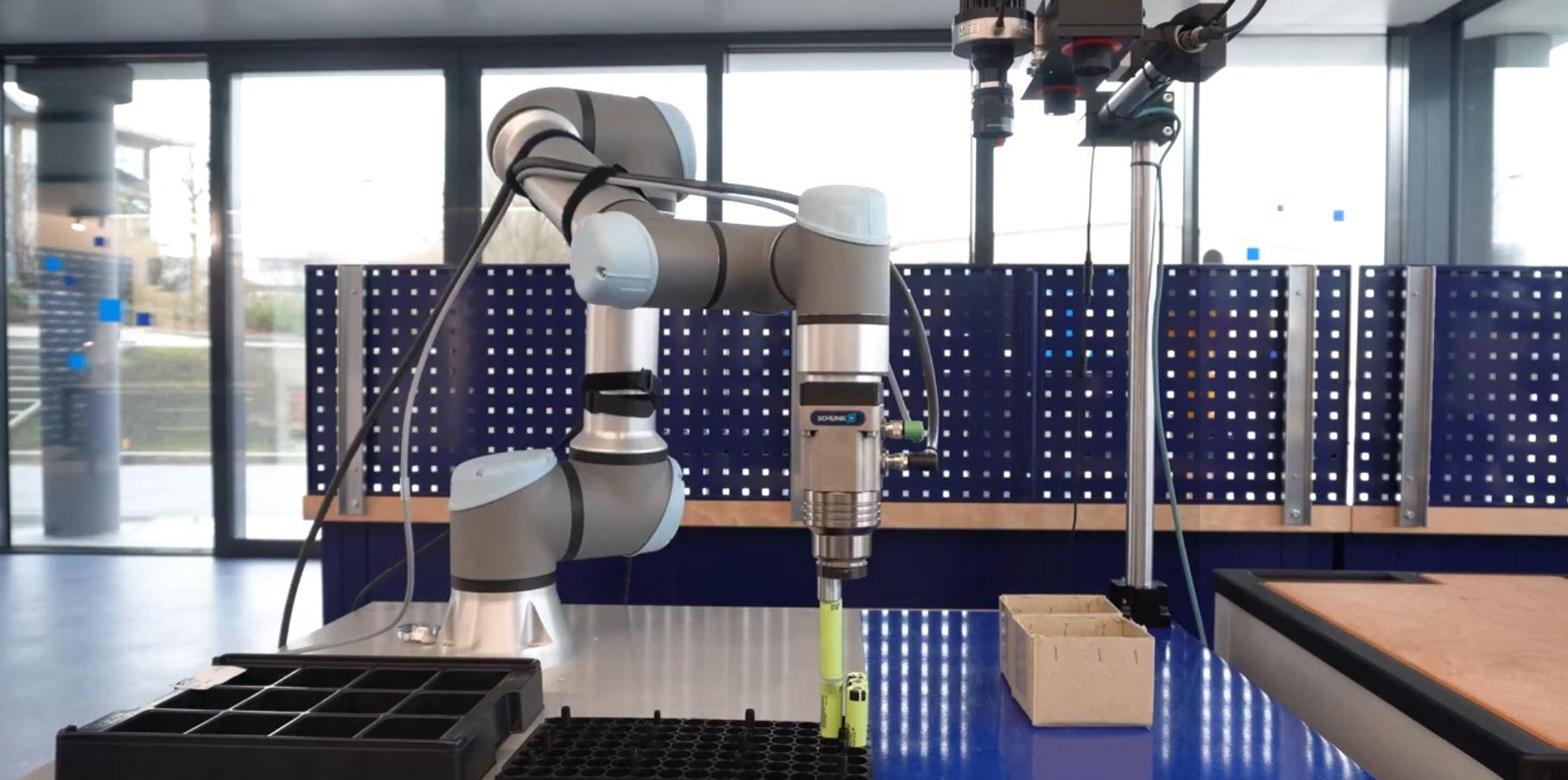Water-resistant robots for institute experiments
Hardware Price:
DOF
3
Working space
800x800x500
mm
Max. payload
5
kg
Water-Resistant Robots: Precision in Challenging Underwater Environments
Underwater environments, particularly salt water, present unique challenges for robotic systems. For experimental purposes in research institutes, water-resistant robots are being developed to transport and position components under demanding conditions. These robots feature advanced sealing systems and corrosion-resistant materials to protect against the aggressive properties of salt water. Equipped with precise control systems, they enable accurate underwater maneuverability, ensuring safe and repeatable operations. This solution supports experimentation and research by combining durability with precision, addressing the needs of underwater applications.
What is the Application?
Water-resistant robots automate transportation and positioning tasks, aiding experimentation in research institutes, marine industries, and environmental studies.
What are the Advantages of the Solution?
Corrosion Resistance: Specialized materials withstand salt water damage.
Precise Maneuverability: Accurate control ensures reliable underwater positioning.
Safe Operation: Sealing systems prevent internal damage in harsh underwater conditions.
What are the Advantages of the Robots?
These underwater robots offer:
Durability: Built to handle long-term exposure to marine environments.
Versatility: Adaptable to various underwater tasks and experiments.
Repeatability: Ensures consistent and reliable experimental results.
Advancing Underwater Research with Robotics
Water-resistant robots are revolutionizing underwater experimentation by delivering durability, precision, and safety. Their ability to operate effectively in salt water basins supports innovation in research and marine applications, offering reliable solutions for challenging environments.
1 Component








